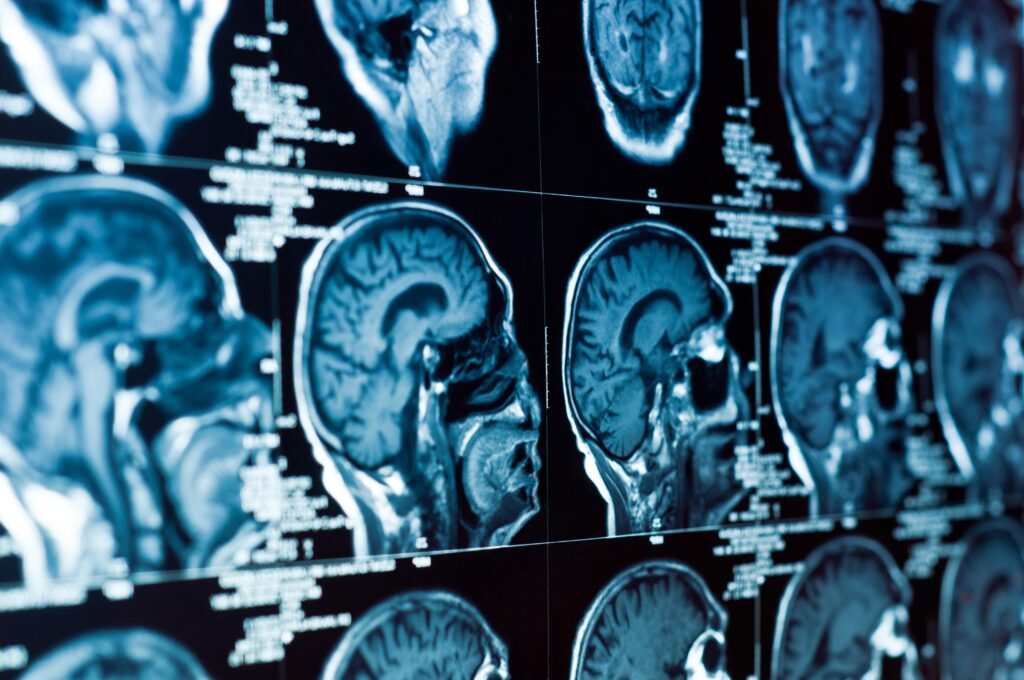Navigating the complexities of a brain injury case can be an intricate process, requiring a careful balance of legal expertise and compassionate understanding. In such cases, the significance of evidence and a skilled brain injury lawyer like those at Wandres Law, PC cannot be overstated. It serves as the backbone of your claim, providing the necessary support to achieve a favorable outcome. It is crucial to gather, present, and leverage evidence effectively in the context of legal proceedings involving brain injuries.
The Foundation Of Your Case
At the heart of any brain injury lawsuit is the story of how the injury occurred and the impact it has had on the victim’s life. However, a compelling narrative alone is not enough. The court requires concrete evidence to substantiate claims of negligence, fault, and damages. This evidence can come in various forms, from medical records and expert testimony to accident reports and eyewitness accounts.
Medical Evidence – The Keystone
Medical documentation serves as the keystone in the arch of your case. It provides a detailed account of the injuries sustained, the treatments administered, and the prognosis. Collecting comprehensive medical records, including diagnostic imaging, physician’s notes, and rehabilitation reports, is crucial. These documents not only establish the existence and extent of the brain injury but also link it to the incident in question.
Expert Testimony – Bridging The Gap
Often, the nuances of brain injuries can be complex and difficult for a lay audience to understand. This is where expert testimony becomes invaluable. Specialists in neurology, neuropsychology, and rehabilitation can offer insights into the nature of the injury, its long-term effects, and the necessity for ongoing care. Their testimony can bridge the gap between the medical evidence and the legal arguments, making the implications of the injury clearer to the judge or jury.
Witness Accounts – Adding Perspective
Eyewitnesses to the incident that caused the brain injury, as well as those who can testify to the victim’s condition before and after the injury, add a vital perspective to your case. These accounts can corroborate the circumstances leading to the injury and illustrate the profound changes in the victim’s life. Personal testimonies from family, friends, and colleagues highlight the emotional and practical consequences of the brain injury, lending weight to claims for compensation.
Economic Analysis – Quantifying The Impact
A brain injury can have extensive financial implications, from immediate medical expenses to long-term care costs and loss of income. An economic analysis, prepared by a financial expert, quantifies these impacts, projecting the future financial needs of the victim. This evidence is critical in arguing for a settlement that adequately covers both current and future expenses related to the injury.
The Role Of Documentation And Diligence
Compiling and organizing evidence is a meticulous process. It requires diligence and attention to detail. Every piece of evidence must be documented, authenticated, and preserved. In the digital age, this also includes securing electronic evidence such as emails, texts, and social media posts that may be relevant to the case.
In the realm of brain injury litigation, evidence is more than just a requirement; it is the very essence that shapes the outcome of your case. It provides the factual basis for your claims, helps to establish liability, and justifies the compensation sought. As such, the role of evidence in your brain injury case is pivotal. Working closely with a skilled brain injury lawyer, equipped to navigate the complexities of evidence gathering and presentation, can significantly enhance your chances of securing the justice and support deserve.
Remember, in the legal journey following a brain injury, evidence is not merely about proving a point; it’s about telling your story in the most compelling and substantiated way possible.

